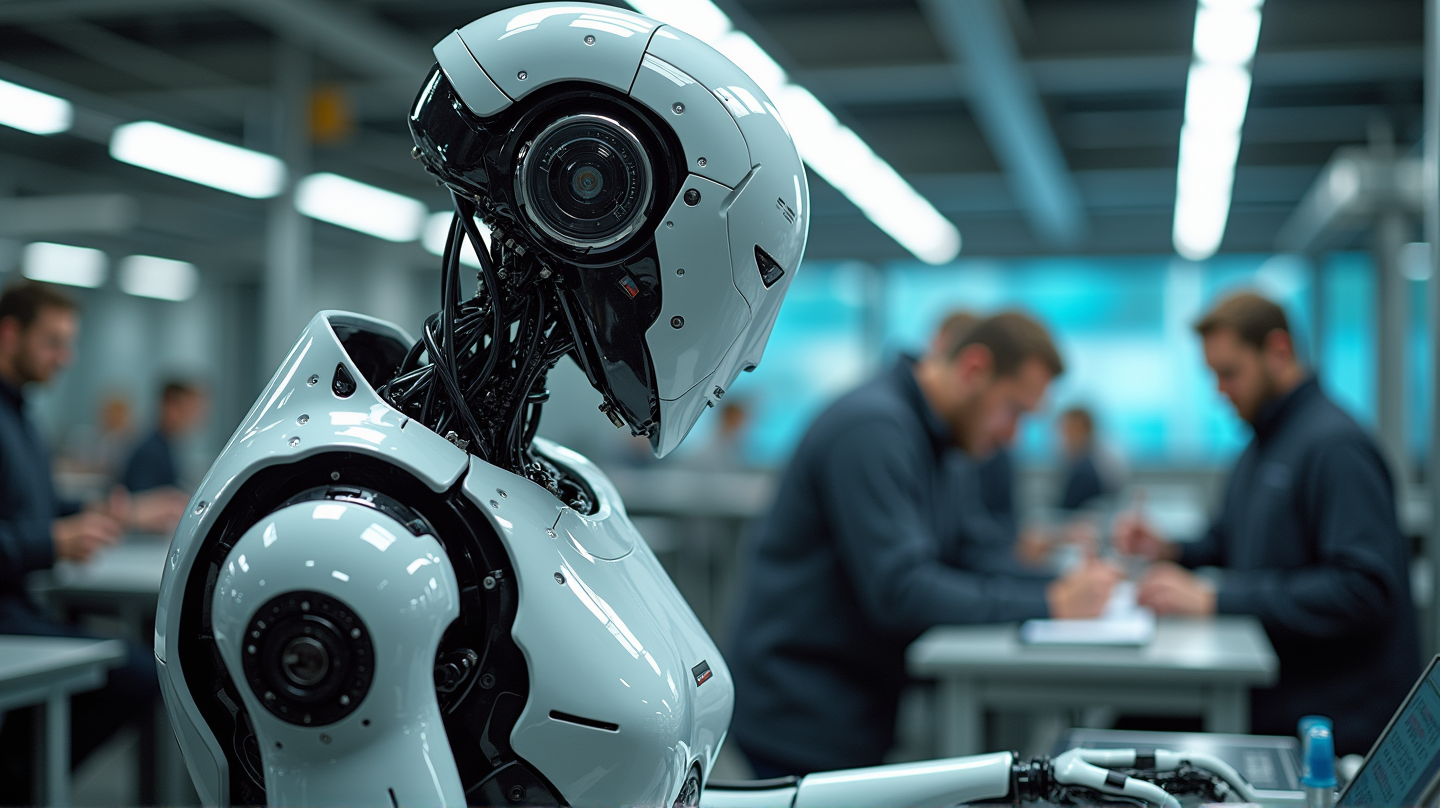The world of robotics is on the cusp of a potential revolution with a London-based startup, Humanoid, vowing to bridge the chasm between tantalizing tech demos and real-world deployment within just twelve short months. But will bold claims and NVIDIA’s support suffice, or is this yet another false promise in the grand arena of humanoid robotics?
NVIDIA’s Impact on Sim-First Development
NVIDIA’s collaboration with Humanoid is not merely a procurement deal; it is a comprehensive blend of cutting-edge simulation tools, edge computing, and robust processing. As outlined by Humanoid, their “sim-first development” approach, anchored in the NVIDIA Omniverse platform, reduces prototype cycles from laborious months to a sleek six weeks. This efficiency edge may well redefine an industry hampered by historically lengthy development periods.
A Leap in Robotics Training
Utilizing massive-scale reinforcement learning simulations, Humanoid is setting a new gold standard for training robust body controllers and manipulation policies. Such technology equips robots to tackle the unpredictability of our world, bridging the foremost challenge between thrilling demonstrations and everyday applications.
Vision-Language-Action Models: The Next Frontier
Advancements like Vision-Language-Action models hold the key to intuitive human-robot interactions. Gone will be the days of rigid specializations; instead, VLA models herald a world where robots learn tasks through natural language commands and demonstrations. However, while the potential is vast, commercial applications have yet to prove viable, leaving skeptics to wonder: is our AI truly ready for such nuanced, human-like decision making?
Real-Time Decision-Making with Edge Computing
Humanoid is treading new ground with NVIDIA’s Thor platform. By embedding cutting-edge processing directly into robotics, Humanoid targets the Achilles’ heel of traditional systems: latency from cloud reliance. Now, the promise of real-time perception could revolutionize complex, dynamic environments.
Market Realities and Commercial Ambitions
Skeptics and investors alike know the cold truth: Humanoid must translate their technical marvels into market-ready, economically viable products. The focus on automation-hungry sectors like manufacturing and logistics offers fertile ground. Within these industries lies not just opportunity but necessity—a tentatively opening door for humanoid advancements.
Talent and the Competitive Chessboard
Humanoid’s strategic acquisition of expert talent likens the startup to a formidable chess grandmaster, drawing on experiences garnered from giants like Apple and Google DeepMind. Yet, this trajectory is not without its challenges. Standing on the shoulders of giants means living up to their legacies while nimbly surpassing their accomplishments.
A Twelve-Month Gamble for the Future
Humanoid’s dash to deploy is a definitive litmus test, not just for their prospects but for the entire humanoid robotics industry. Success would confirm the hard-won advancement of AI and engineering—failure, a haunting reaffirmation of perennial industry skepticism. Either way, Humanoid’s bold endeavor heralds a seminal chapter in the unfolding narrative of robotic revolution.
According to Forbes, Humanoid’s pace, promise, and potential pivot us to anticipate either a bold new dawn or an echo of the past’s unmet expectations. The question remains: in the chase towards innovation, will Humanoid sprint towards success or stumble at the precipice of realization?
